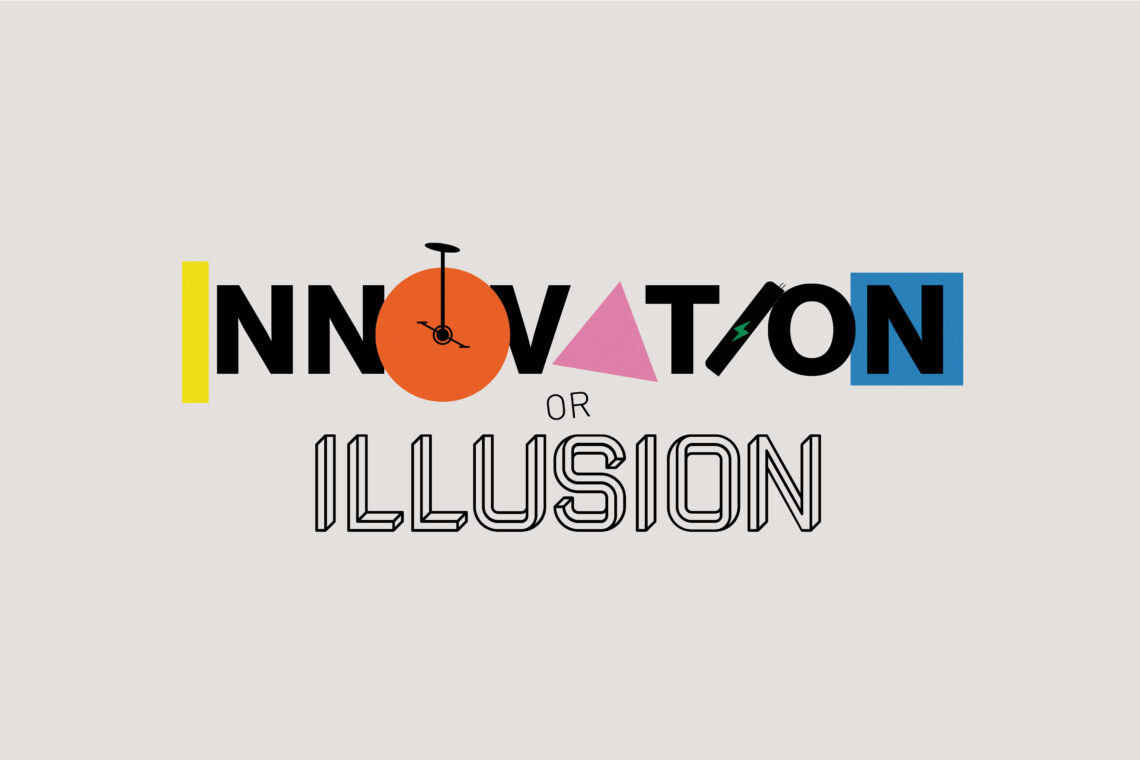Innovation or illusion – Will we all end up riding eMTBs without the battery?
There’s never been a wider range of mountain bikes on the market, and choosing a bike is no longer just about the category, but also whether you want it with or without a motor. But what if the mountain bikes of the future are both eMTBs and analogue mountain bikes in one? Will we all end up riding eMTBs without the battery?

You might be familiar with this problem: you’re packing to go on a bike holiday with your friends, but you can only take one bike per person, and you can’t decide which bike to take: Will it be five days of lift-assisted bike park sends, or would you rather explore the extended, off-piste trail network? Even if you have room for more than one bike on holiday or in your basement, you’ve still got to ask what’s the right bike for you. And our annual reader survey of more than 20,000 participants has shown once again that you aren’t just asking whether your next bike should be an enduro, trail or downcountry bike, but also whether it should have a motor. So, what about an analogue mountain bike that can transform into an eMTB in a few simple steps, letting you winch your way up any climb without breaking a sweat? Of course, this doesn’t answer the question of how much travel the suspension should have – or rather – the intended use, but it can make bikes a lot more versatile.

2 bikes in 1 instead of one bike that can do it all.
Silly idea? Yes, maybe, but mountain biking – and especially eMTBing – is booming like never before, and with it the development of just this concept. If you look at the difference between today’s eMTBs and those of five years ago, and then try to imagine what will roll off production lines in 2027, this idea no longer seems that far-fetched ;).
In 2019, Lapierre launched the eZesty, an eMTB that allows you to remove both the battery and the motor without tools, transforming it into an analogue mountain bike in the blink of an eye. And all that in a package that weighs less than 20 kilos even with the motor installed. It was the birth of the light eMTB. Bikes such as the Specialized Turbo Levo SL, Orbea Rise and the ROTWILD Aggressive series followed soon after.
This year, we’re experiencing another massive surge in light eMTBs coming onto the scene, and brands that don’t have a light eMTB in their range will soon be the exception. FAZUA have revised their lightweight motor and battery, not just making it smaller and lighter but more powerful too. Meanwhile, tech company TQ are attracting a lot of attention with their new HPR 50 system, bringing big names like Trek aboard the light eMTB train. This clearly shows that light eMTBs are here to stay, marking the birth of a new generation of ebikes.

What is a light eMTB?
Unfortunately, light eMTBs aren’t as easy to define as we first thought. After all, what does the term “light” refer to and does a distinction even make sense? Does a light eMTB have less power, torque, and a smaller battery, or is it all about the bike being lighter in general? Or should a light eMTB be more like an analogue bike due to its natural handling, despite having a large battery, powerful motor and a high total weight? Most often, it’s the eMTB’s weight that determines its type, but let’s face it, only the flagship models of the latest light eMTBs can be truly considered light – and they often cost well over € 10,000. Does that mean the other bikes in the same range – specced with more affordable and usually heavier components – are no longer light eMTBs? The manufacturers’ options in terms of battery capacity, motor performance, components and geometry are near infinite, making a clear definition or classification meaningless while adding a vast variety of different bikes and concepts to the market.
For our idea, on the other hand, it is much more important to know whether the battery – or even the entire motor – can be removed from the bike. However, not many eMTBs where that’s possible currently get marketed as 2-in-1 bikes. But remember the pioneer of the light eMTB sector, the Lapierre eZesty, laid the foundation for light eMTBs with the first generation of FAZUA’s removable Drivepack. The ebike industry seems to have lost sight of this use case for the moment, but we’re seeing the first signs of a comeback. The motors are getting smaller and lighter, and most batteries can be removed from the bike in just a few simple steps, leaving just some of the electrical hardware attached to the bike.

Today’s technology lays the groundwork for tomorrow
In principle, any eMTB can be ridden without the battery, insofar as it can be removed. Usually, all that remains is an opening in the frame where the battery would go, perhaps a few loose cables that must be secured, and the motor, which generates a little more resistance than a regular bottom bracket. If you look at the new generation of light eMTBs, the motor resistance is even lower than that of previous eMTB models and many brands supply a cover that you can use to close the battery compartment. Now, besides a negligible amount of resistance, you’ve just got the added weight of the motor – which is about 1,900 grams in the case of the TQ HPR 50 and FAZUA Ride 60 – the cable channels and charging ports, as well as a minimalist remote and a small display in some cases. The frame itself is usually heavier than the frame of an analogue bike too. This is due to the increased wall thicknesses, mounting points and additional reinforcements that are required to cope with the demands of an eMTB.
Nevertheless, most light eMTBs already come in at as little as 18 kg and simply removing the battery is enough to bring the weight down to the 16 kg mark. If brands had to set themselves the goal of developing a bike that functions as a convertible 2-in-1 solution, they could reduce the weight even further by slimming down the display, remote and cable channels, creating pleasantly light bikes with the technology that’s already available. As a comparison, the new SIMPLON Rapcon PMAX TQ weighs 19,5 kg, while its non-motorised brother, the Rapcon 170/165, weighs 15,6 kg.
That’s comparable to the travel of the bikes in our enduro bike group test
- The bikes in that test field weighed 15.5 kg on average
- Making them 3.9 kg lighter
Weight comparison between the Rapcon TQ and Rapcon
- Rapcon PMAX TQ: 19.5 kg
- Rapcon: 15.6 kg

Will we all just ride eMTBs in the future?
We all want the most versatile bike possible because it gives you more options, allowing you to experience more and have more fun. More versatile products are also more sustainable, reducing the consumption of scarce resources because you can use one bike for a wider range of use cases instead of buying a second bike for a specific discipline. You could go on a quick post-work ride in eMTB mode one day because you’re exhausted after a hard day at work, and the next day you can join your buddies at the local trail network in analogue mode, so that you can earn that post-ride beer in the evening. On the weekends, you might choose to hang your bike on the ski lift and send it in the bike park. All this with just one bike? In theory, you could already do that now, just with a certain amount of fiddling, additional weight and drag of the motor, though it’s nothing you couldn’t manage.
What would happen if brands really embraced the idea and developed a bike for this purpose? In the future, motors will be even smaller and lighter while generating less resistance when riding with the motor switched off. Remotes and displays will become smaller or disappear completely. You’ll be able to remove the battery in a matter of seconds, using systems that are already on the market, like ROTWILD’s quick-release button. That will be the birth of the 2-in-1 mountain bike of the future, and you might spot it on the trails very soon. Or what do you think…
Of course, the 2-in-1 mountain bike of the future is a big game of “what if” – but it could be realised with existing technology. However, loose cables, unnecessary controls and system integrations that weren’t developed with this in mind currently make it somewhat impractical. That said, if manufacturers decide to apply their minds – like FAZUA did in 2016 – and purposely develop 2-in-1 bikes, the future will look very different, and they’ll easily overcome these challenges.
